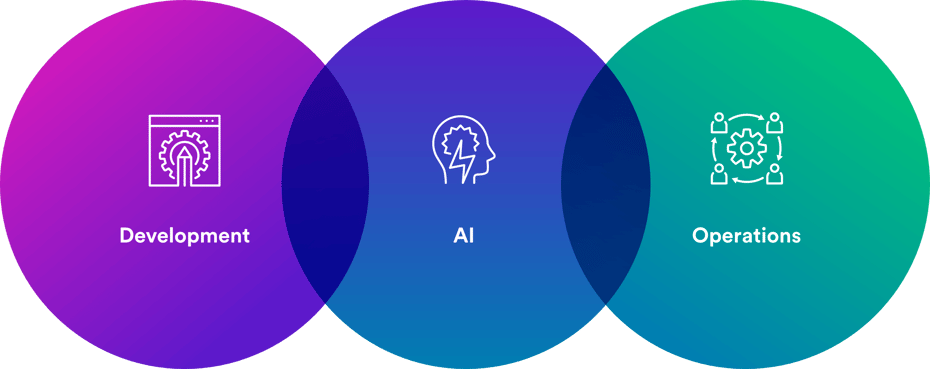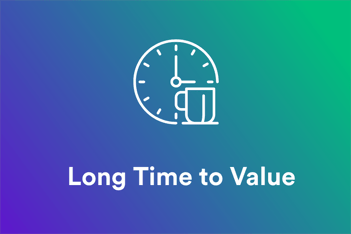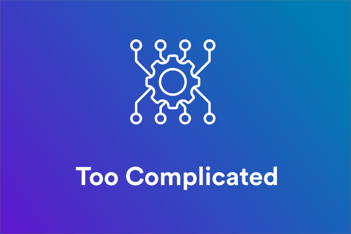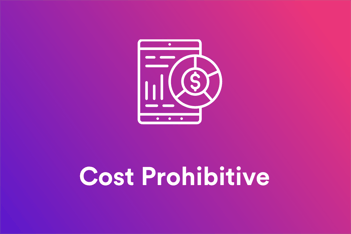-
Our Focus
Our Focus
Our expertise in key areas that are critical for the success of your business.
-
Our Services
Our Services
Tailored services for clients and candidates to build long term relationships.
-
Our Resources
Our Resources
Strengthen your path to success with our resource center.
-
Our Company
Our Company
Explore what makes us unique and connect with us today.
- GET STARTED
WHAT IS AIOPS?
AIOps brings AI into the world of software development and operations.
Artificial intelligence for IT Operations (AIOps) applies AI and its subset of technologies, including machine learning and natural language processing (NLP), to traditional IT operations tasks and activities.
AIOps is a critical tool for IT Ops, DevOps, and SRE (site reliability engineer) teams, enabling them to identify cyber issues early and resolve them more efficiently. With AIOps, an organization's digital transformation can be smoother, allowing it to operate at the pace that modern business requires.

THE THREE TENETS OF AIOPS
The three core areas of AIOps involve improving visibility, enhancing understanding, and streamlining operations.
Monitoring
The monitoring aspect of AIOps IT operations enables organizations to identify the most relevant information from systems, discover patterns in that data, diagnose root cause and recurring issues, and notify stakeholders of these results. An AIOps platform allows for organizing IT monitoring tools and integrating them.


Observing
Observability refers to the insights gleaned from applications' data (e.g., logs, metrics, traces). It involves using telemetry software tools and practices that ingest, aggregate, and analyze performance data from various sources in near real-time.
Automation
The third pillar describes the ability to automate tactical activities that are often manual. Some things you can automate include anomaly detection, event correlation, and causality determination. Beyond detection and identification, AIOps also enables automation of remediation of issues. As a result, you can enact solutions for these more precisely and faster. Automation doesn’t replace human knowledge and oversight but augments human capabilities.

BENEFITS OF AIOPS
Is AIOps a good fit for your organization?
At the top of its advantages is the ability to reduce complexity. AIOps also provides a path to transform operations and drive cohesion between teams. The advantages support the entire enterprise, driving business innovation because you can adapt quickly to changing market conditions. This approach also ensures a proactive stance in mitigating and preventing downtime. All IT stakeholders will be more efficient with the visibility of every system state and a single source of truth for analytics.
Improve availability and uptime
Accelerate digital transformation
Enhance employee productivity and user experiences
The complexity and volume of data you generate grows larger every day.
As a result of this rapidly changing ecosystem, you have more pressure to secure it and ensure its accessibility for IT operations. By adopting AIOps, you can manage these at three levels:
Systems
Rein in dense systems, which can be distributed, dynamic, modular, and with ephemeral components.
Data
Systems create data related to internal operations, including logs, metrics, traces, event records, and more. The data is multifaceted due to its breadth, specificity, variety, and redundancy.
Tools
The final layer involves the tools you use to monitor and manage data and systems. The list continues to grow with narrow functionality, which can create operational or data silos if not interoperable.
With this approach, you can find both recurring and new issues. AI uses specialized algorithms with a focus on specific activities. Each algorithm can call out alerts even in a very noisy environment. It augments human work by automating tactical tasks as well as strategic oversight.
AI and workers work together by extending human capabilities. It’s been a key component in IT operations scaling for remote and hybrid frameworks, which increase an organization’s digital footprint.
A modern AIOps strategy supports the entire software development lifecycle, addressing pain points associated with volume, velocity, and complexity.
CHALLENGES FACED IN THE ADOPTION OF AIOPS
Adopting any new framework requires a change in culture, architecture, cooperation, and processes. Commitment, a defined strategy, and the right talent allow for less friction in such a dynamic environment.
Real-world AIOps platforms ingest heterogeneous data from many sources, aggregating all components of your cyber environment — networks, applications, infrastructure, clouds, storage, and more.
While the value of AIOps is great, some businesses remain non-adopters. The reasons why are often misconceptions about the technology.



AIOps is a proactive stance to IT operations that works as a robust line of defense to mitigate the risk of outages and attain continuous service assurance.
THE ROADMAP TO SUCCESS FOR AIOPS
Successful AIOps is achievable with these roadmap steps:
1
Identify use cases suitable for AIOps and prioritize them
2
Assess all data generation points and their accessibility (current and future state)
3
Determine a system of record
4
Define your success criteria and begin tracking it
5
Select AIOps tools that align with workflows and goals
6
Implement the automation tools and measure their effectiveness
7
Learn from analytics and improve continuously
Ready to get started?
Every business has unique AIOps needs, and Harrison Clarke can find the ideal candidates to help you on this journey. Our team of recruiters specializes in the Cloud, Data & AI markets, with access to the best talent across the country.